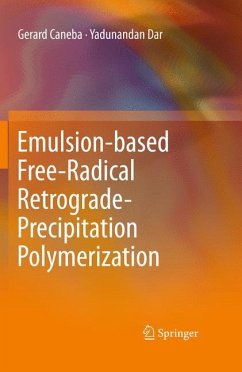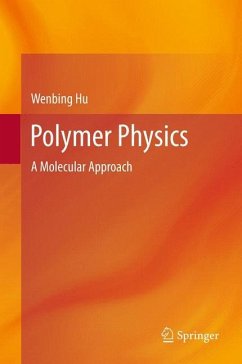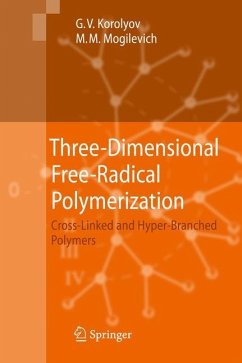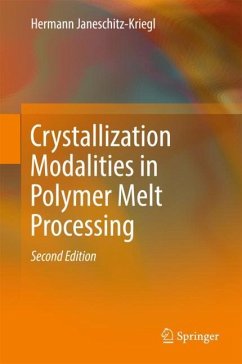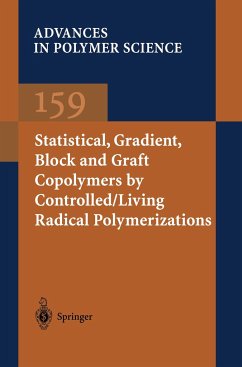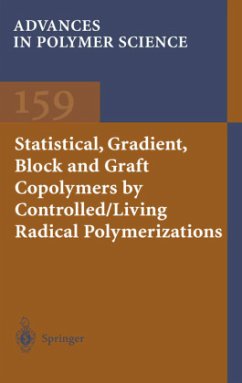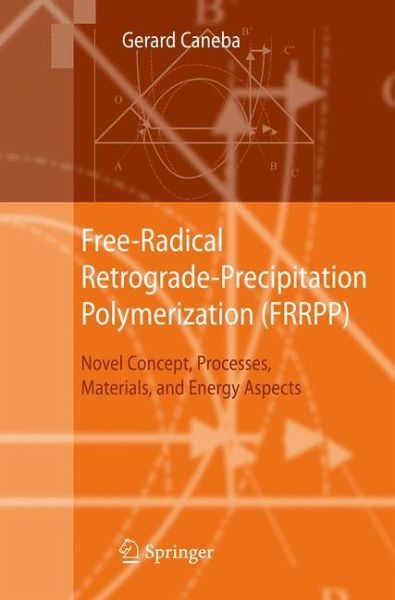
Free-Radical Retrograde-Precipitation Polymerization (FRRPP)
Novel Concept, Processes, Materials, and Energy Aspects
Versandkostenfrei!
Versandfertig in 6-10 Tagen
113,99 €
inkl. MwSt.
Weitere Ausgaben:

PAYBACK Punkte
57 °P sammeln!
The free-radical retrograde-precipitation polymerization (FRRPP) process was introduced by the author in the early 1990s as a chain polymerization method, whereby phase separation is occurring while reactive sites are above the lower cr- ical solution temperature (LCST). It was evident that certain regions of the product polymer attain temperatures above the average ?uid temperature, sometimes rea- ing carbonization temperatures. During the early stages of polymerization-induced phase separation, nanoscale polymer domains were also found to be persistent in the reacting system, in apparent con...
The free-radical retrograde-precipitation polymerization (FRRPP) process was introduced by the author in the early 1990s as a chain polymerization method, whereby phase separation is occurring while reactive sites are above the lower cr- ical solution temperature (LCST). It was evident that certain regions of the product polymer attain temperatures above the average ?uid temperature, sometimes rea- ing carbonization temperatures. During the early stages of polymerization-induced phase separation, nanoscale polymer domains were also found to be persistent in the reacting system, in apparent contradiction with results of microstructural coarsening from constant-temperature modeling and experimental studies. This mass con?- ment behavior was used for micropatterning, for entrapment of reactive radical sites, and for the formation of block copolymers that can be used as intermediates, surf- tants, coatings, coupling agents, foams, and hydrogels. FRRPP-based materials and its mechanism have also been proposed to be relevant in energy and environmentally responsible applications. This technology lacks intellectual appeal compared to others that have been p- posed to produce polymers of exotic architectures. There are no special chemical mediators needed. Control of conditions and product distribution is done by p- cess means, based on a robust and ?exible free-radical-based chemistry. Thus, it can readily be implemented in the laboratory and in production scale.





